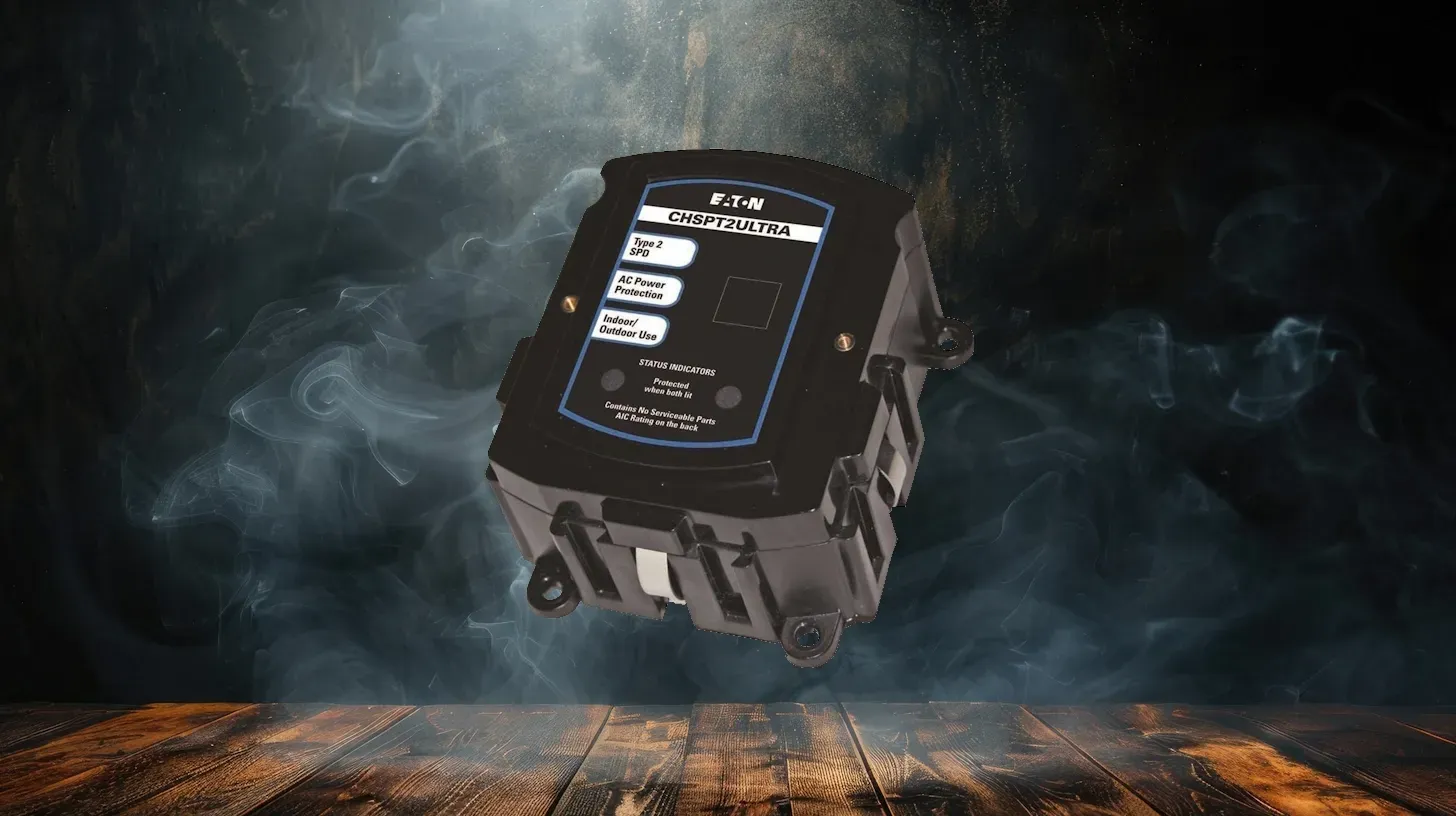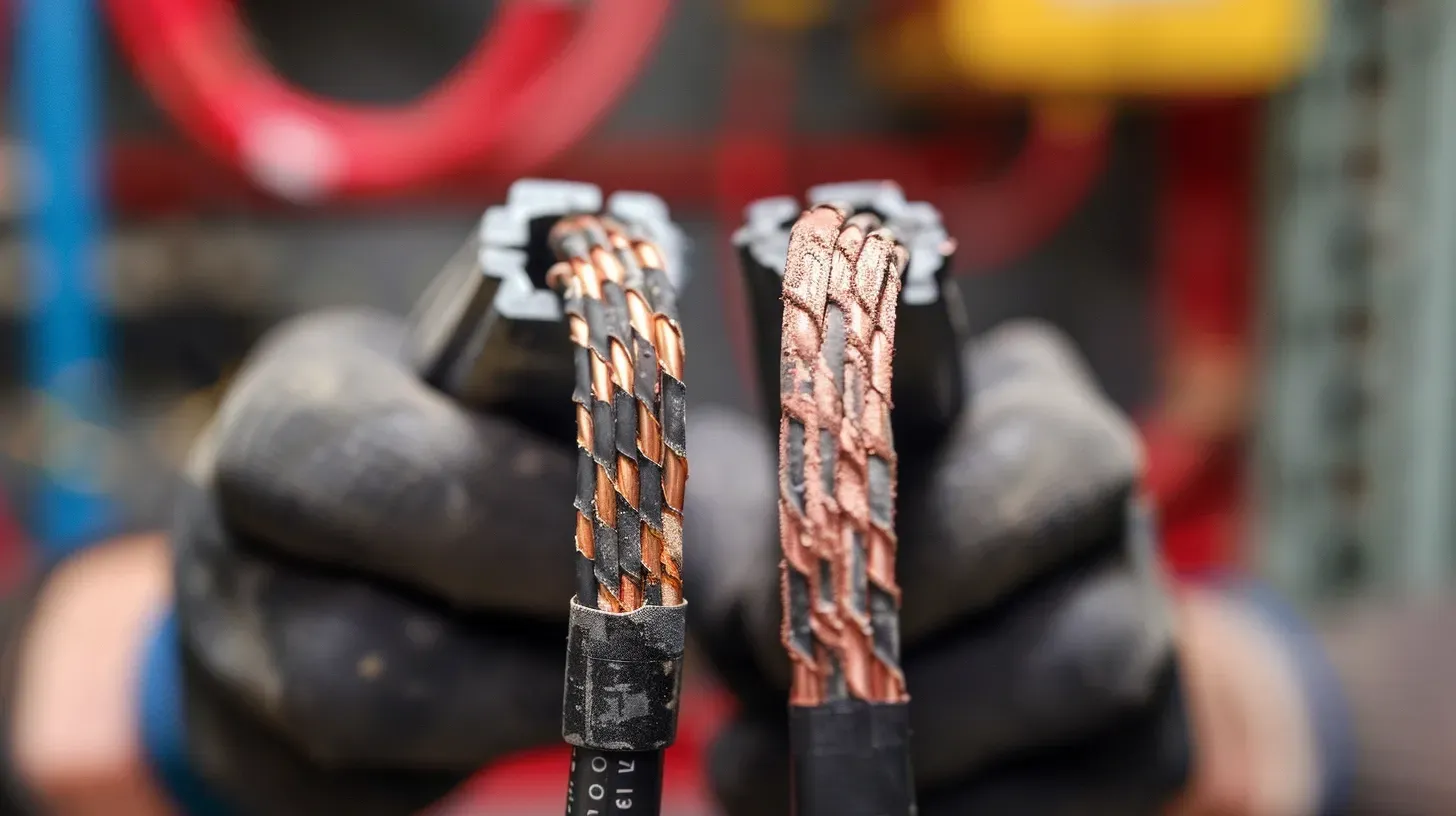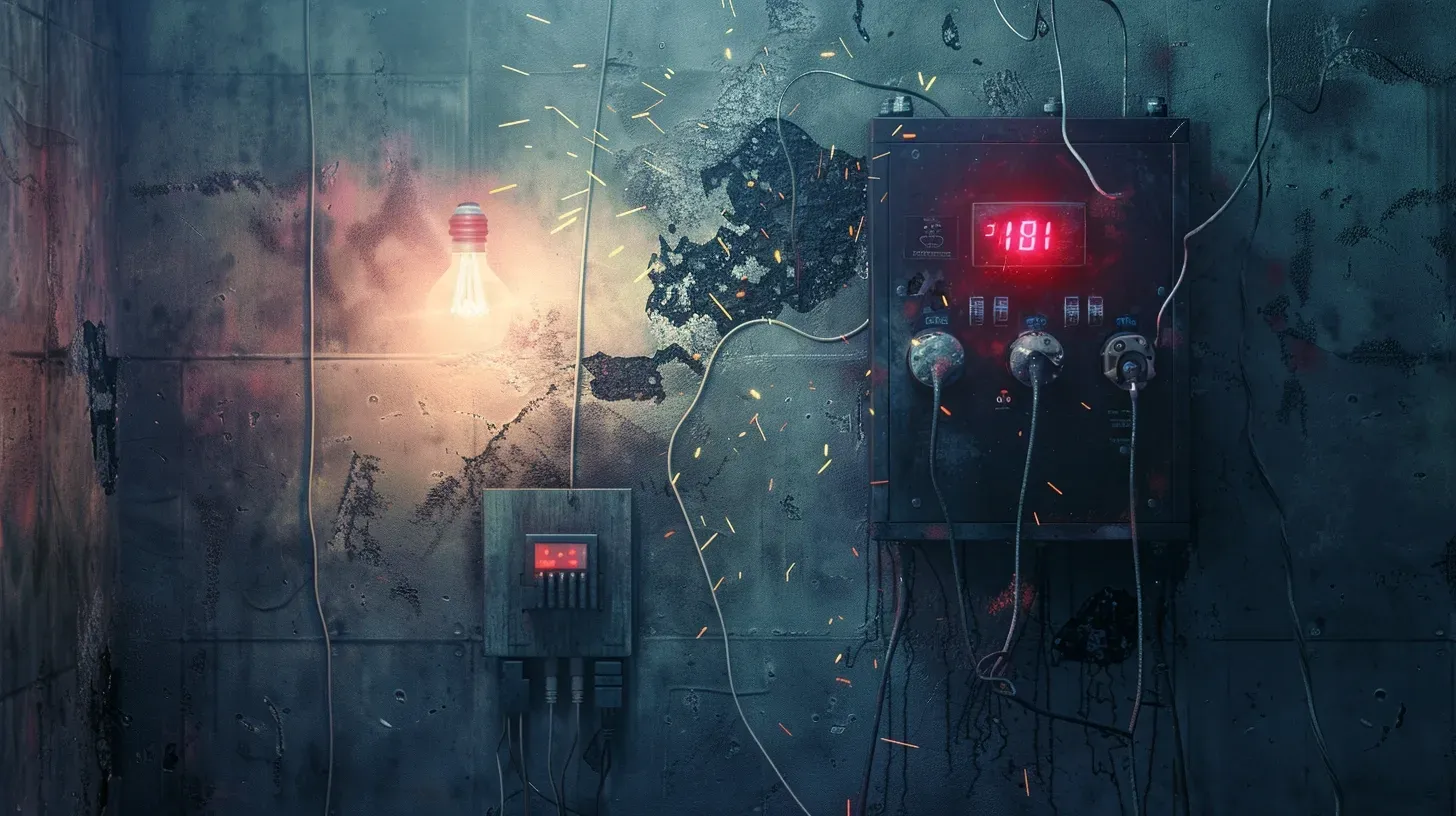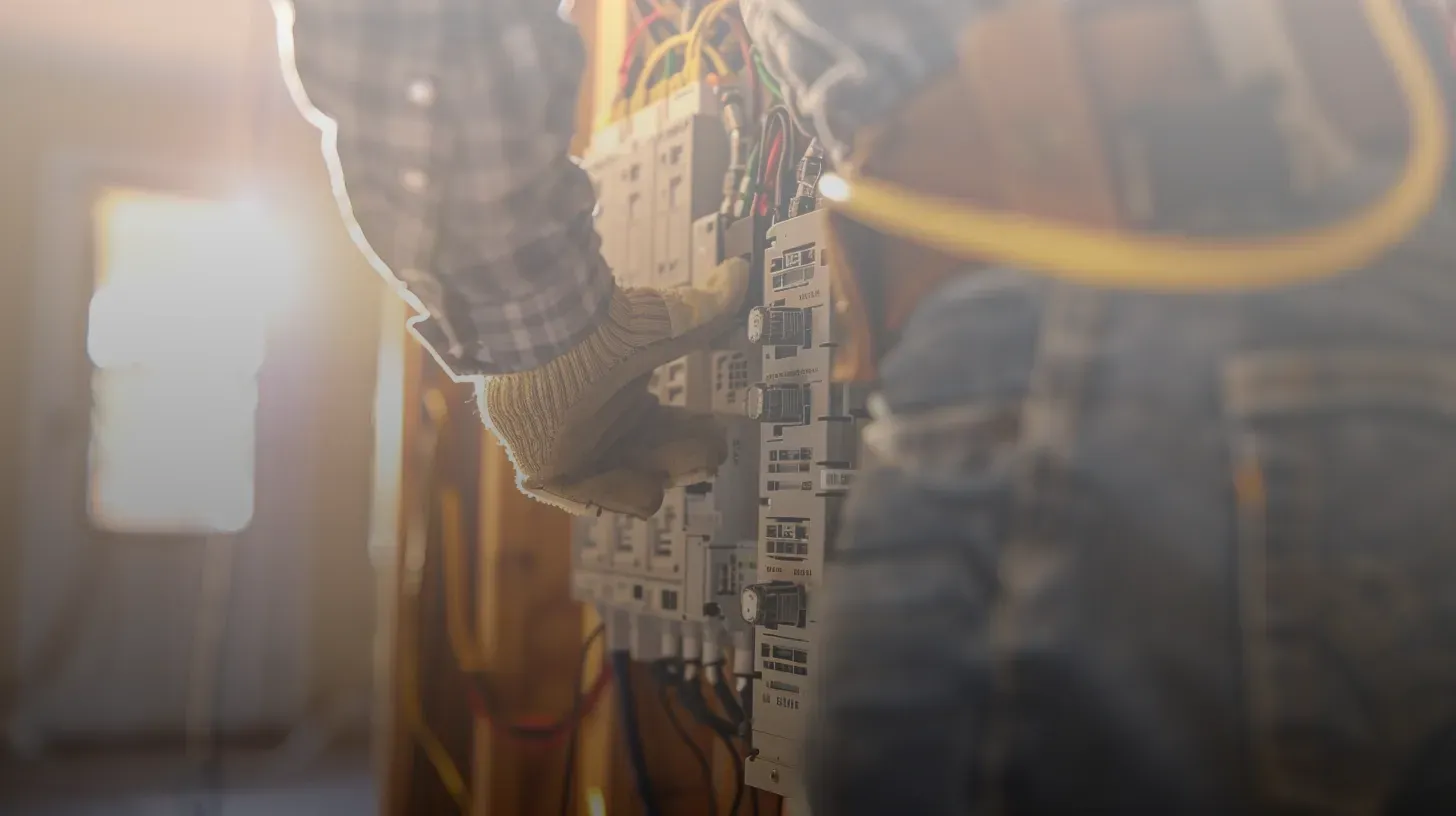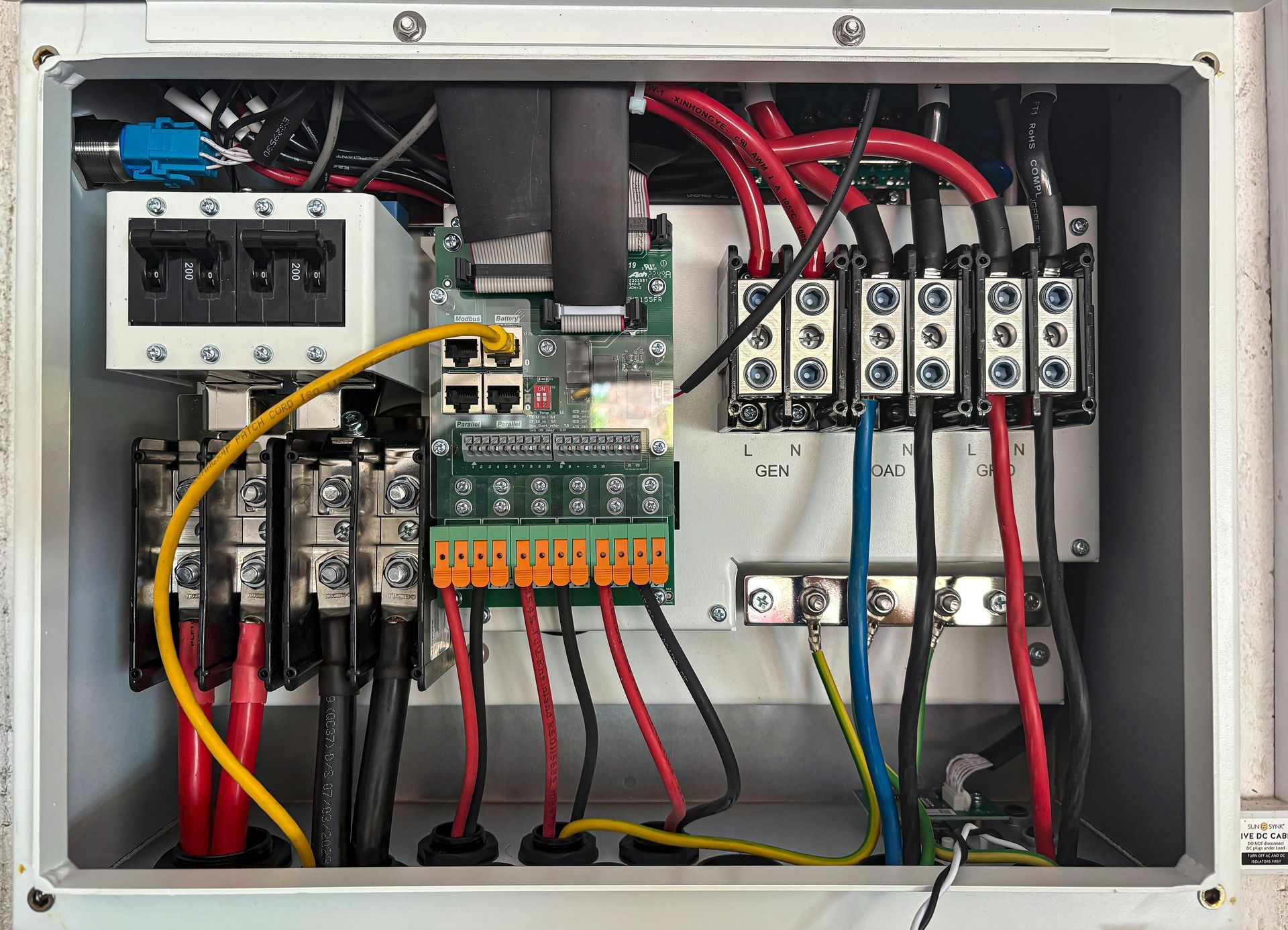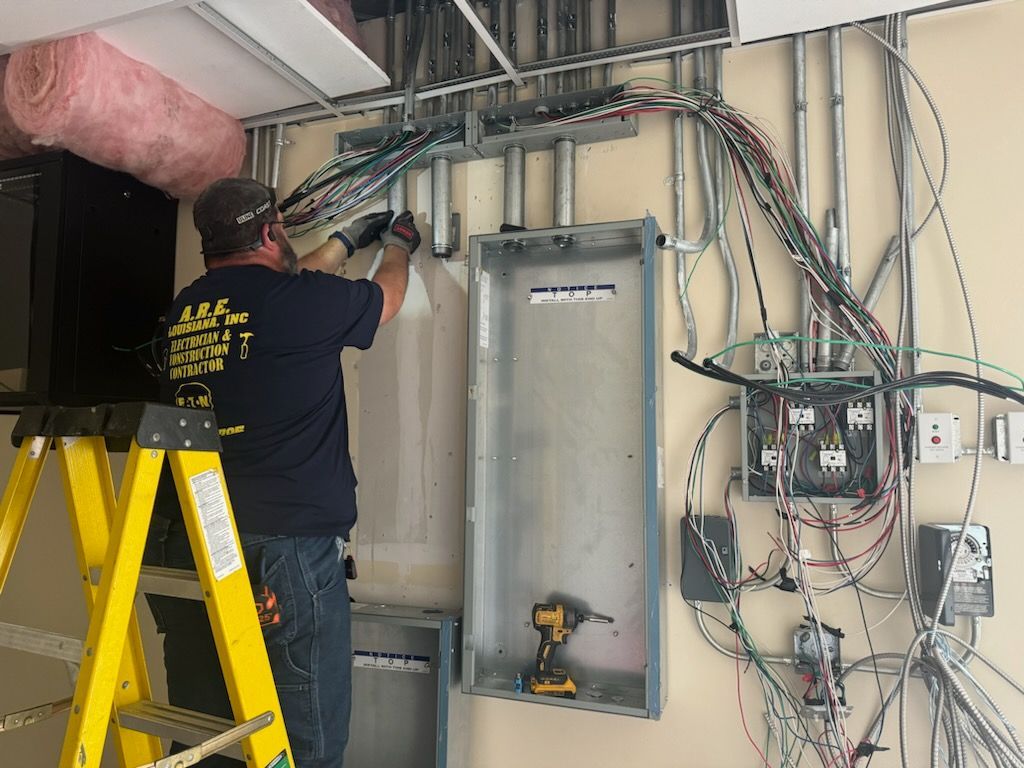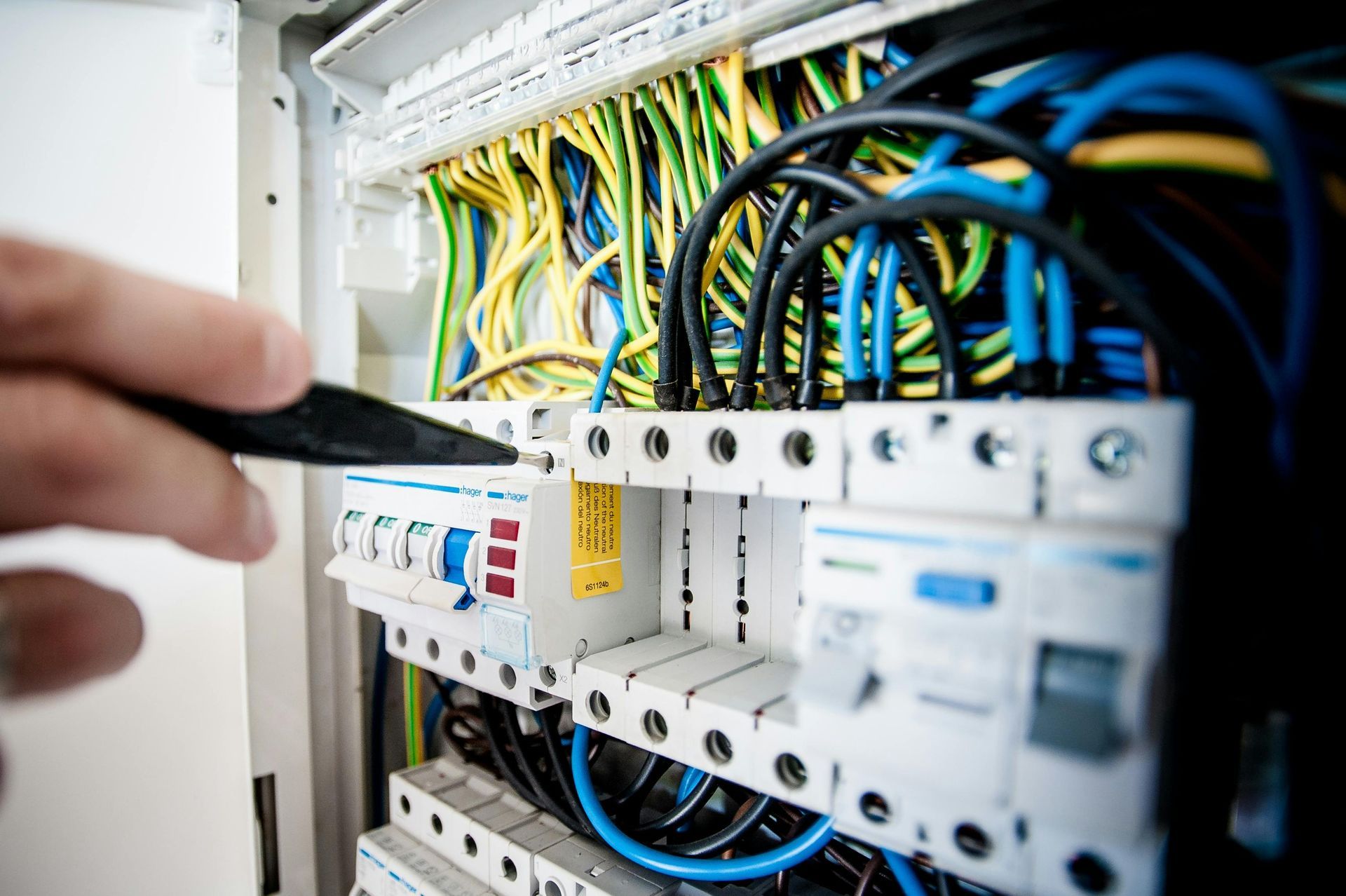Red Electrical Wire Explained: What It Is & When It’s Used
Red electrical wire is basically your circuit’s secondary live wire, carrying power for things like three-way switches or smoke detectors. It’s not just a flashy color; it helps keep your electrical system running smoothly and safely. Unlike the black main wires, red wires signal extra juice flowing through, so you’ve got to handle them with care. Curious about where else red wires pop up and how to work with them safely? Stick around—you’ll find some handy tips ahead.
Key Takeaways
- Red electrical wire acts as a secondary live wire carrying power in various electrical circuits.
- It is commonly used in three-way switch setups, smoke detectors, and 220-volt appliances.
- Red wire indicates an energized conductor, distinct from black (main hot), white (neutral), and green (ground) wires.
- Proper insulation and safety gear are essential when handling red wires to prevent electrical hazards.
- Tools like wire strippers, circuit testers, and wire cutters are necessary for working safely with red electrical wire.
What Does Red Electrical Wire Indicate?
Imagine you’re staring at a bunch of wires, and one of them is bright red—what’s that all about?
Well, red wire symbolism in electrical color coding is pretty straightforward but super important. That red wire usually means it’s carrying power, often serving as a secondary live wire in circuits. It’s like the extra spark in your electrical system, helping things run smoothly and safely.
When you see red, it’s a sign to pay attention because it’s not just any wire—it’s active, energized, and critical. Electrical color coding exists to keep everyone on the same page, so you’re not poking around blindly. It’s like a secret language among electricians, but easy to learn.
Common Uses for Red Electrical Wire
Lots of red electrical wires are busy working behind the scenes, powering up different parts of your home or gadgets. You mightn't see them, but they play a key role in many red wire applications.
Thanks to electrical coding, red wires often act as travelers or switch legs, helping circuits work smoothly. Here are some common places you’ll find them:
- Connecting switches in three-way or four-way lighting setups, so you can control lights from different spots.
- Carrying power between smoke detectors in a home’s safety system, keeping you and your loved ones protected.
- Serving as secondary hot wires in 220-volt appliances, like air conditioners or ovens, helping them run efficiently.
Differences Between Red and Other Wire Colors
You’ve seen how red wires pull their weight in various setups, but what really sets them apart from other wire colors? It all comes down to wire color significance and wire insulation differences. Each color signals a specific role, making your electrical system safer and easier to work with. Red wires often indicate secondary live wires, unlike black wires, which usually carry the main current. Plus, the insulation color helps you spot these roles quickly.
Here’s a quick look at how red compares to some common wire colors:
| Wire Color | Typical | Insulation Differences |
|---|---|---|
| Red | Secondary live, switched | Bright red for easy ID |
| Black | Primary live | Standard black insulation |
| White | Neutral | White insulation, neutral |
| Green | Ground | Green or bare copper |
| Blue | Traveler or switch wire | Blue insulation for travelers |
How to Identify Red Electrical Wire in Your Home
When you’re poking around your home’s wiring, spotting that red electrical wire can feel like a mini victory. It’s like finding a secret clue in your house’s wiring systems!
Red wire usually stands out because it’s bright and bold, but sometimes it hides among black or white wires. To spot it easily, here’s what you can do:
- Look for the bright red insulation—red wire is hard to miss once you know what to look for.
- Check connections in wall switches or outlets; red wires often serve as travelers in three-way switches.
- Use a flashlight and gently pull back the wiring cover to get a clear view of the color-coded wires inside.
Safety Precautions When Handling Red Electrical Wire
Before you start working with red electrical wire, make sure you know how to spot live wires and keep everything properly insulated—trust me, it’s not the time to get zapped.
Always gear up with gloves and safety glasses, because even a tiny slip can lead to a shocking surprise.
Let’s walk through these safety tips so you can handle wiring like a pro, without turning your project into a hair-raising adventure.
Proper Insulation Techniques
Although red electrical wire might look tough, it still needs proper insulation to keep things safe and sound. You want to protect yourself and your home, so using the right insulation materials and wire coatings is key.
Think of insulation as the superhero cape for your wires—it keeps the electricity where it belongs and prevents accidents.
Here’s how to keep your red wires cozy and safe:
- Choose high-quality insulation materials that resist heat and moisture.
- Make sure wire coatings are intact, without cracks or wear.
- Use electrical tape or heat shrink tubing to cover exposed areas.
Identifying Live Wires
Keeping your red wires snug and well-insulated is a great start, but knowing which ones are live is where you really keep yourself out of trouble. Live wire identification is key for electrical safety, especially with red wires often carrying current in switch legs or outlets.
You can’t just guess; use a non-contact voltage tester to spot live wires safely without touching them. It’s like having a little electric detective in your pocket!
Remember, red wires can be live even if they look quiet, so double-check every time. By getting comfortable with live wire identification, you’re joining a community that values safety and smarts.
It’s not just about wires—it's about keeping you and everyone around you safe and sound.
Using Protective Gear
Since red electrical wires can carry a live current, you’ve got to suit up like a pro before handling them. Think of it as gearing up for a mini adventure—your safety gear is your trusty sidekick.
First, slip on some protective gloves to shield your hands from shocks and sharp edges. Next, pop on safety goggles; sparks or unexpected wire bits don’t play nice with your eyes. Finally, make sure you wear sturdy shoes—no bare feet allowed in this electrical dance!
- Protective gloves to block shocks and cuts
- Safety goggles for eye protection
- Closed-toe shoes for grounding and safety

Tools Needed for Working With Red Electrical Wire
Working with red electrical wire isn’t as tricky as it sounds, but having the right tools can make your job way easier and safer.
First off, you’ll want a good wire stripper—this little gadget helps you peel the insulation without nicking the wire itself. Trust me, it’s a game-changer.
Next up, grab a reliable circuit tester. It’s your best friend for making sure the power’s off before you touch anything—that peace of mind is priceless.
You’ll also need some sturdy wire cutters for trimming wires cleanly, and a set of needle-nose pliers to bend or twist wires just right.
If you want to feel like a pro, pick up some electrical tape and wire connectors, too. These tools will have you handling red electrical wire like a champ, safe and sound.
Don’t worry, once you get these basics down, you’ll be part of the club, confidently tackling projects without breaking a sweat.
Troubleshooting Issues Involving Red Electrical Wire
If you've ever faced a stubborn electrical hiccup, you know how frustrating it can be—especially when red wires are involved.
Red wire troubleshooting can feel like detective work, but don’t worry, you’re not alone. Circuit issues with red wires often pop up in switches or three-way setups, and spotting the problem is easier than you think.
Here’s your quick guide to get you back on track:
- Check for loose connections: Red wires can wiggle free over time, causing flickers or outages.
- Use a voltage tester: It helps confirm if the red wire is live or dead, saving you guesswork.
- Inspect for damage or shorts: Sometimes the insulation wears out, leading to sneaky shorts.
Frequently Asked Questions
Can red electrical wire be used outdoors safely?
You can use red electrical wire outdoors if it’s rated for outdoor durability and weather resistance. Make sure it’s properly insulated to keep you safe and connected, so your project stands strong against the elements.
What gauge sizes are available for red electrical wire?
You’ll find red electrical wire in various gauge specifications, from 14 to 10 gauge, matching different wire applications like lighting or circuits. Choosing the right gauge keeps you safe and connected with your project’s needs.
Is red wire suitable for low-voltage applications?
You can use red wire for low-voltage applications if it meets low voltage standards and safety regulations. Staying informed guarantees you’re part of the responsible community prioritizing safe, compliant electrical work together.
How does red wire affect electrical circuit load?
Think of your circuit as a team; red wire helps keep load balancing in check, boosting circuit safety. When you manage it well, you guarantee everyone shares the workload, preventing overload and fostering reliable connections.
Can red wire be recycled or reused?
You can definitely participate in wire recycling and wire repurposing by saving red wires instead of tossing them. Join others who reduce waste and create new projects, making your electrical work more eco-friendly and community-driven.
Final Thoughts
Now that you know what
red electrical wire is for, you’re less likely to get zapped or confused next time you peek behind a switch. Imagine fixing a ceiling fan and spotting that red wire—remember, it often means a
traveler wire in a
three-way switch setup. Just take your time, use the right tools, and stay safe. With a little care, you’ll handle red wires like a pro, no sparks needed!

